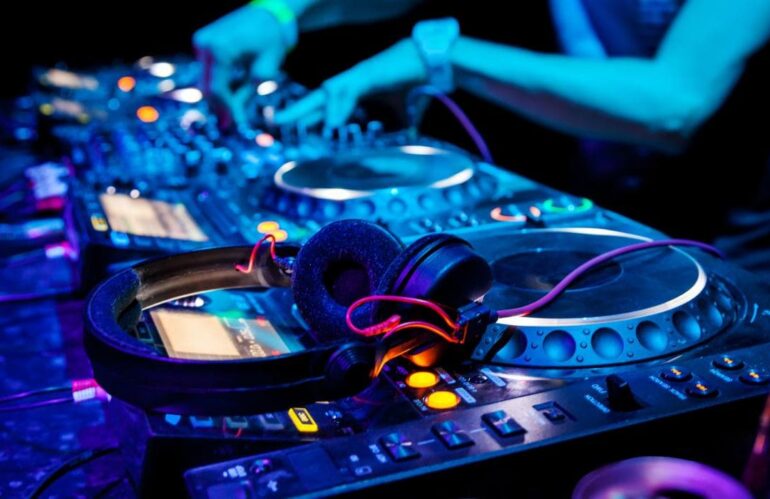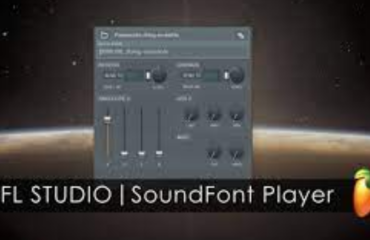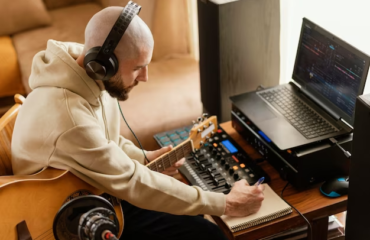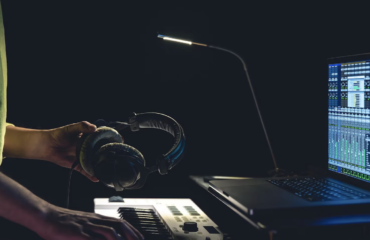Music has long ceased to be just a means of conveying emotions. Today, it is part of a global industry, a cultural marker, and even a technological phenomenon. This is especially evident in the world of electronic music. Once considered “club music,” it is now heard everywhere: from the world’s biggest festivals to cozy headphones during commutes. But does it evoke aesthetic admiration like classical compositions, or is it merely a rhythmic background for relaxation and dancing? Let’s explore where the line is drawn between art and entertainment in electronic music.
How Electronic Music Conquered the World
Electronic music emerged in the mid-20th century, but it only became truly mainstream in the 1990s with the rise of club culture and the availability of new technologies. Today, the genre includes dozens of styles: from techno and house to ambient and downtempo. The main characteristic of electronic music is the use of synthesizers, samplers, and digital effects. This allowed creators to produce unique sounds previously impossible with traditional instruments.
Interestingly, due to its technological nature, electronic music is closely connected to modern digital entertainment. For example, if you visit zahranicni online casina, you’ll notice that the background music often features electronic tracks. These tunes create the right atmosphere, enhance engagement, and help players fully immerse themselves in the experience. These melodies are carefully selected, and their role is not merely to accompany the game but to intensify emotions. This suggests that electronic music already plays a certain artistic role beyond the stage.
Is It Art? A View from the Stage
To consider electronic music as art, we should ask: does it create emotional and aesthetic value? Many modern DJs and producers speak the language of sound as expressively as composers of the past. Listen to albums by Jean-Michel Jarre, Burial, Aphex Twin, or Moderat — these aren’t just dance rhythms but thoughtfully composed, emotionally rich works capable of giving you goosebumps.
Moreover, in electronic music, the artistic concept often lies not only in the melody but in the soundscape itself. Complex layers of sound, spatial manipulation, the use of silence and noise — all of this gives the music a structure comparable to modern visual art. An electronic track may lack lyrics, yet it can evoke images, thoughts, and moods — which is one of the definitions of art.
Or Is It Just Entertainment?
On the other hand, critics point out that mainstream electronic music is often formulaic. Algorithmic beats, repetitive structures, aggressive drops, and minimal melody — all this creates the impression that the music is secondary to entertainment. The main goal is to move the body, not stimulate the mind. This explains the popularity of EDM at parties, in gyms, gaming streams, and, as mentioned earlier, in online casino interfaces.
In addition, technological progress has made music production highly accessible. Software like FL Studio or Ableton Live allows any beginner to create a track in a few hours. The question arises: if music can be created so easily and quickly, can it still be considered art? Or is it more like a mass-produced product, like popcorn — tasty but unnecessary for the soul?
Where Is the Line?
As is often the case, the truth lies somewhere in between. Electronic music is a multifaceted phenomenon. It can be a mass product for clubs and apps, or it can be a form of self-expression and deep immersion in sonic aesthetics. It all depends on who creates it and how the listener perceives it. The same DJ might play ten commercial sets in one night and then release an album inspired by philosophy or personal experiences.
It’s important to understand that entertainment and art are not mutually exclusive. Much of what we now consider cultural heritage was initially created for pleasure. Theater in Ancient Greece, ballet, even opera — all of these began as leisure activities but eventually became cultural treasures.
Electronic Music and the Future of Culture
With the development of neural networks and generative sound, electronic music is becoming even more experimental. Today, software can already compose tracks based on listener preferences. This opens up a new level of interaction between humans and sound. Imagine music adapting to your mood, just like algorithms in online casinos adjust to player behavior. In this future, there will be no clear boundaries between art and entertainment — everything will merge into a personal experience.
Moreover, electronic music often goes beyond audio. Visual shows, video performances, augmented reality — all these become part of a unified artistic experience. This approach is especially popular in the Czech Republic, where festivals like Lunchmeat or Shotgun Festival show how multilayered the perception of music can be.
Conclusion
Modern electronic music is both art and entertainment. It can be deep and conceptual or light and rhythmic. Its strength lies in its flexibility, technological nature, and ability to adapt to the needs of the time. In a world where everything is becoming increasingly digital — from communication to entertainment in online casinos — music becomes something that accompanies us in every moment, whether dancing, playing, or thinking. And perhaps this universal presence is where its true artistic value lies.








